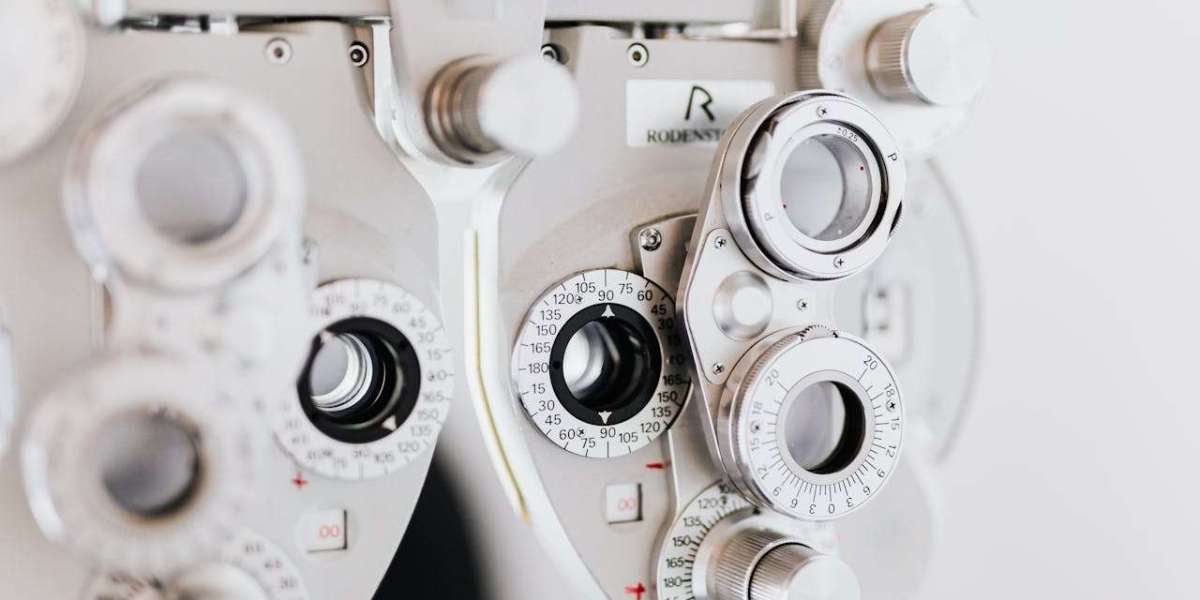Understanding SEER Ratings and What They Mean for You
When looking for reliable Air Conditioning Service in Kansas, homeowners often hear the term “SEER rating” thrown around by HVAC professionals. But what exactly does SEER mean, and why is it important when choosing or maintaining an air conditioner? Understanding SEER ratings is essential for making smart energy choices, saving money on utility bills, and enhancing home comfort.
This article will explain what SEER ratings are, how they impact your cooling efficiency, and how to choose the right system based on your needs.
What is a SEER Rating?
SEER stands for Seasonal Energy Efficiency Ratio. It measures the efficiency of an air conditioning system over an entire cooling season. The higher the SEER rating, the more efficiently the unit operates.
The SEER rating is calculated by dividing the total cooling output during a typical cooling season by the total electric energy input. Essentially, it tells you how much cooling you’re getting per unit of electricity used.
For example, if an air conditioner has a SEER rating of 16, it is significantly more efficient than one with a SEER rating of 10. That means lower energy costs and a reduced environmental impact.
Minimum SEER Requirements in Kansas
SEER standards are regulated by the U.S. Department of Energy and vary by region. Kansas falls within the North Region, where the minimum SEER rating for new central air conditioners is 14 (as of 2023). However, many HVAC professionals recommend choosing systems with ratings of 16 SEER or higher for better performance and energy savings.
When choosing a unit, working with a trusted provider of Air Conditioning Service in Kansas ensures compliance with local regulations and helps you select the most efficient unit for your home.
Why SEER Ratings Matter to Homeowners
1. Lower Utility Bills
Air conditioners with higher SEER ratings consume less electricity, which directly translates to lower monthly energy bills. Over time, the savings can outweigh the initial cost of a more efficient unit.
For instance, upgrading from a 10 SEER unit to a 16 SEER unit can reduce cooling costs by up to 37.5%, depending on usage and climate.
2. Improved Comfort
Higher-SEER systems often come with variable-speed compressors and fans, which allow for more consistent temperatures, better humidity control, and quieter operation.
3. Environmental Impact
Choosing a high-SEER system helps reduce your carbon footprint. These systems use energy more efficiently and often incorporate eco-friendly refrigerants that are less harmful to the environment.
4. Higher Resale Value
Homes with energy-efficient systems are attractive to buyers. A well-maintained, high-SEER air conditioner can be a strong selling point, especially in energy-conscious markets.
How to Determine the Right SEER Rating for Your Home
1. Consider Usage Patterns
If you use your AC frequently, a higher SEER rating can offer better savings and comfort. On the other hand, if your usage is light or seasonal, you might not need the highest available SEER.
2. Home Size and Insulation
Larger homes or those with poor insulation may benefit more from a high-SEER unit to offset the increased energy demand.
3. Budget
While high-SEER units are more expensive upfront, they can provide a solid return on investment through energy savings and potential tax incentives.
4. Work with HVAC Professionals
A licensed technician offering Air Conditioning Service in Kansas can perform a load calculation and recommend the ideal SEER rating based on your home’s size, orientation, ductwork, and climate.
SEER vs. Other Efficiency Ratings
While SEER is the most common efficiency rating for air conditioners, it's not the only one. Here’s how it compares to others:
EER (Energy Efficiency Ratio): Measures efficiency at a specific outdoor temperature (usually 95°F). More useful in extremely hot climates.
HSPF (Heating Seasonal Performance Factor): Used for heat pumps to measure heating efficiency.
AFUE (Annual Fuel Utilization Efficiency): Measures furnace efficiency.
Understanding these can help you make informed decisions about combined systems like heat pumps or HVAC hybrids.
SEER and Maintenance: Keeping Your System Efficient
Even the highest-SEER system can lose efficiency without proper maintenance. Here are a few tips:
Schedule annual tune-ups with a qualified provider of Air Conditioning Service in Kansas.
Replace filters regularly to maintain airflow and efficiency.
Keep outdoor units clean and free of debris.
Seal ducts and insulate to prevent energy loss.
SEER and Incentives: Get Paid to Upgrade
Upgrading to a high-SEER system can qualify you for:
Federal tax credits
Utility company rebates
Local energy efficiency programs
Always check with your HVAC provider to ensure you’re eligible and take advantage of these opportunities.
Conclusion
Understanding SEER ratings is key to making informed, cost-effective decisions about your air conditioning system. Whether you're upgrading an outdated unit or investing in new construction, choosing the right SEER rating can lead to lower energy bills, better home comfort, and a reduced environmental impact.
If you're unsure where to start, reach out to a trusted expert in Air Conditioning Service in Kansas. They can help you assess your needs, explain your options, and ensure your system runs efficiently for years to come.

